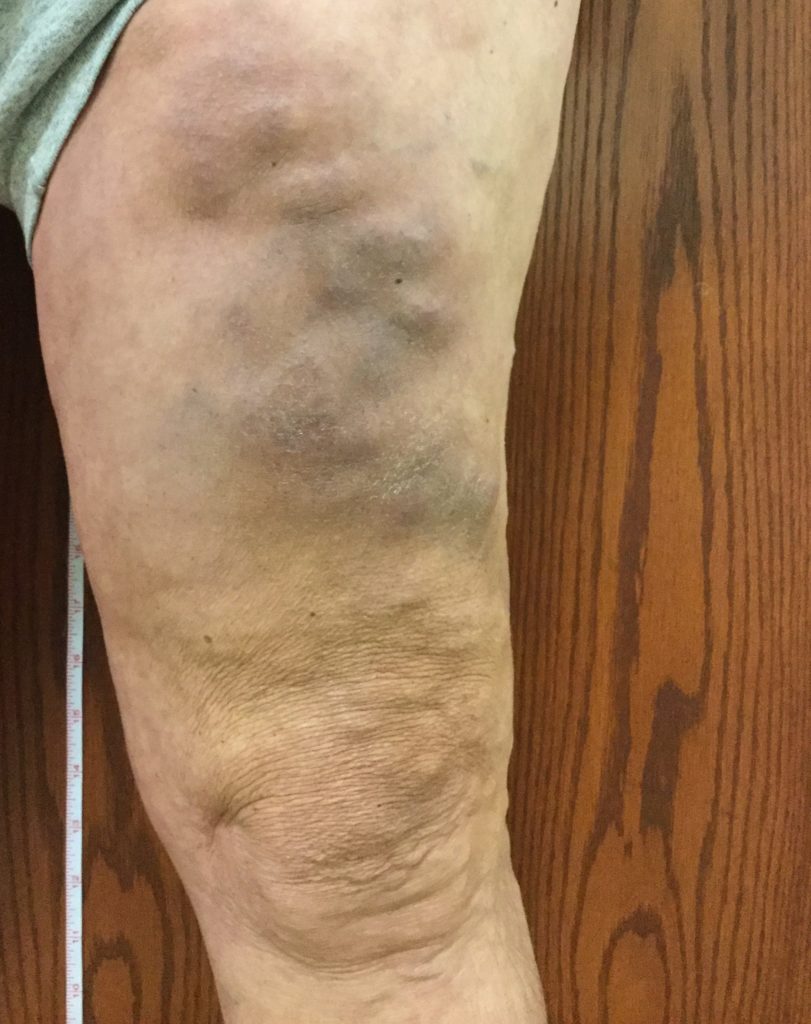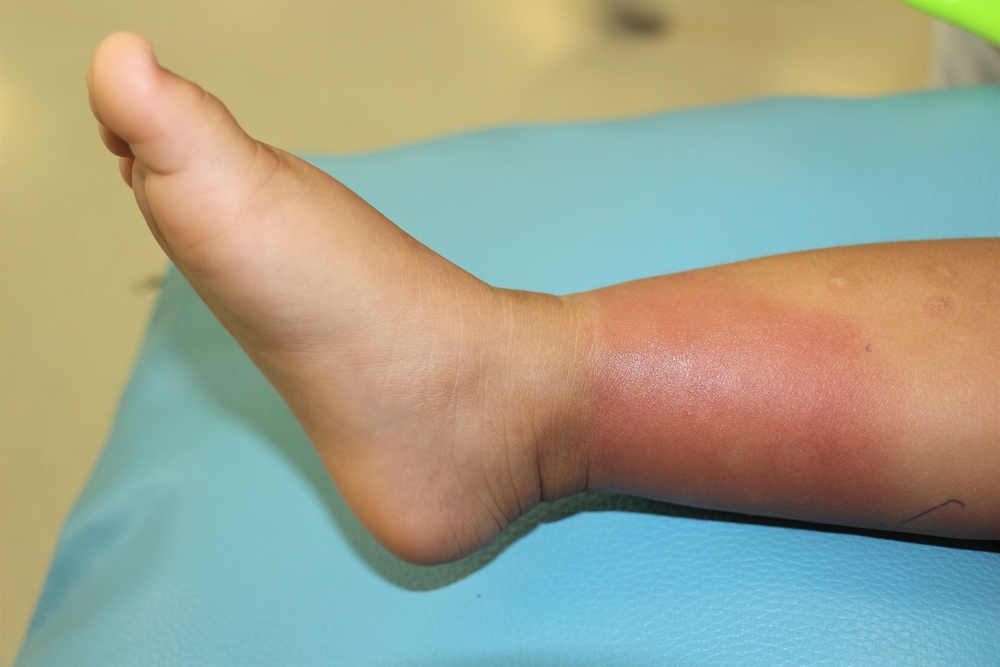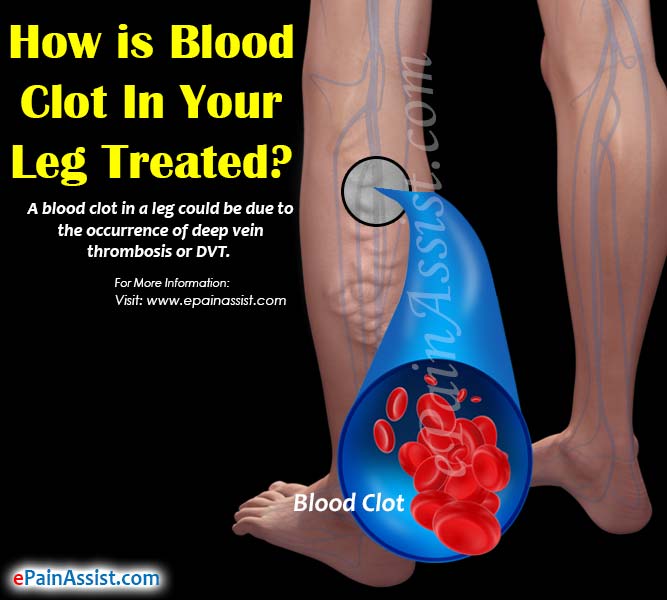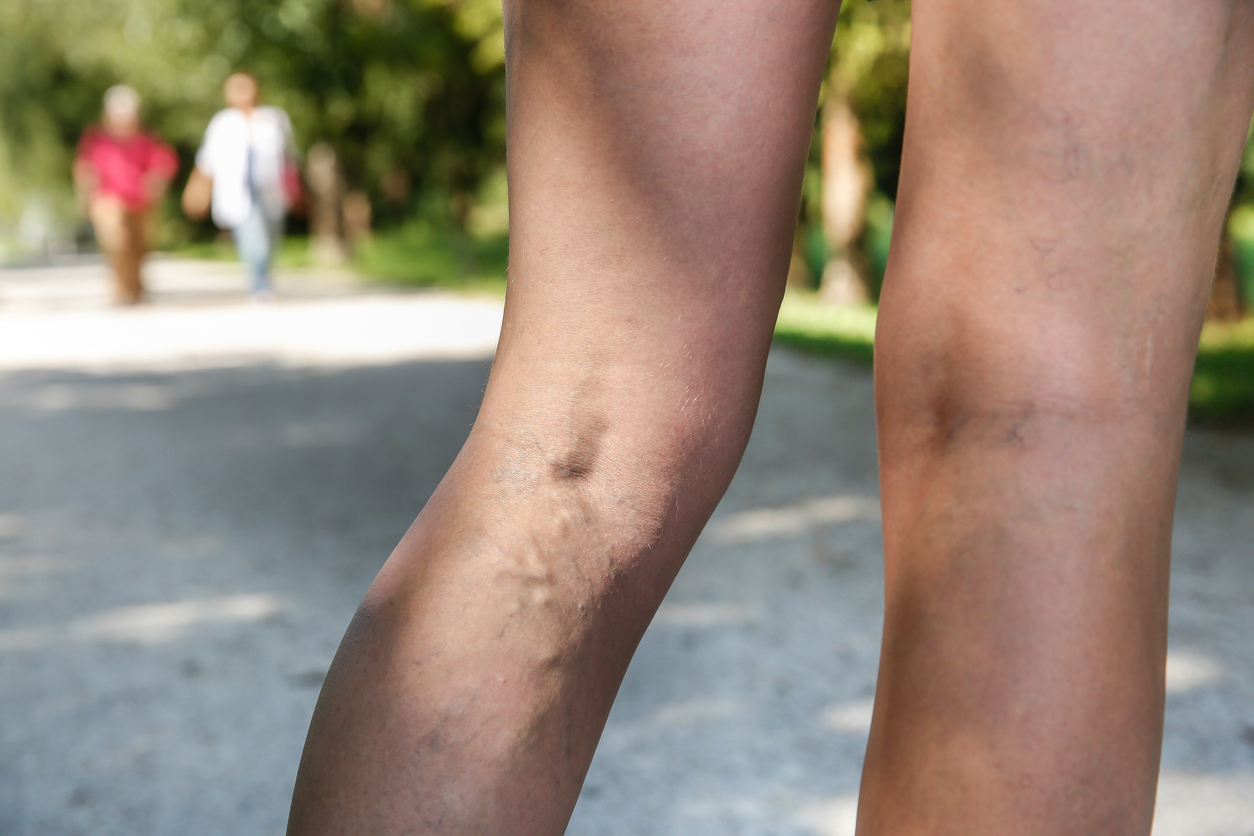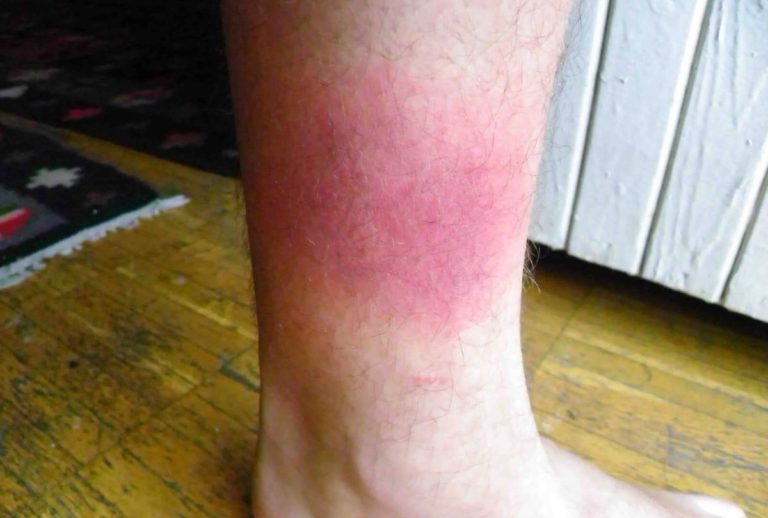Spectacular Tips About How To Tell If I Have A Blood Clot In My Leg

The feeling can range from a dull ache to.
How to tell if i have a blood clot in my leg. When a blood clot forms in the deep veins of your leg, it’s known as deep vein thrombosis. Deep vein thrombosis (dvt) a dvt is when a blood clot forms in one of the veins deep inside your body. In many cases, svt is harmless.
Basilic vein thrombosis is a type of superficial venous thrombosis (svt) in which a blood clot forms in the basilic vein in the arm. This content does not have an. If you have symptoms that only occur on one side or limb while the unaffected limb remains normal, it is a strong indication that the problem is likely a blood clot.
However, some common signs and symptoms include: This content does not have an english version. As the clot gets worse, you may hurt or get sore.
Pain or cramping: Risks posed by blood clots in your legs. Frequently asked questions next in blood clots guide how blood clots are treated when a blood vessel is damaged, your body's blood clotting ability.
You may even notice a slight reddish or bluish hue to your skin. Overview deep vein thrombosis (dvt) occurs when a blood clot (thrombus) forms in one or more of the deep veins in the body, usually in the legs. Ultrasound uses sound waves to produce images of the body’s veins and is typically used on the.
From swelling in your leg to an unexplained cough in your throat, call your doctor if you have any of these symptoms of a blood clot or pulmonary embolism. A blood clot in the superficial veins. Symptoms and risks be on the lookout for symptoms of two types of blood clots that can form in the legs.
Symptom — overview covers definition, possible causes of this symptom. You can feel a blood clot in your leg due to the pressure of obstructed blood. The pain can be localized, persistent, and worse with.
You might notice that your arm or leg takes on a red or blue tinge, or gets itchy. Dvt often causes pain in the affected leg. Dvts mostly occur in your legs, but you can get a dvt anywhere in.
With a blood clot, your leg may also feel warm as the clot worsens. Other symptoms that can occur with pulmonary embolism include: If a person feels soreness or pain in the leg that was not there before, this could indicate a blood clot in the leg.
